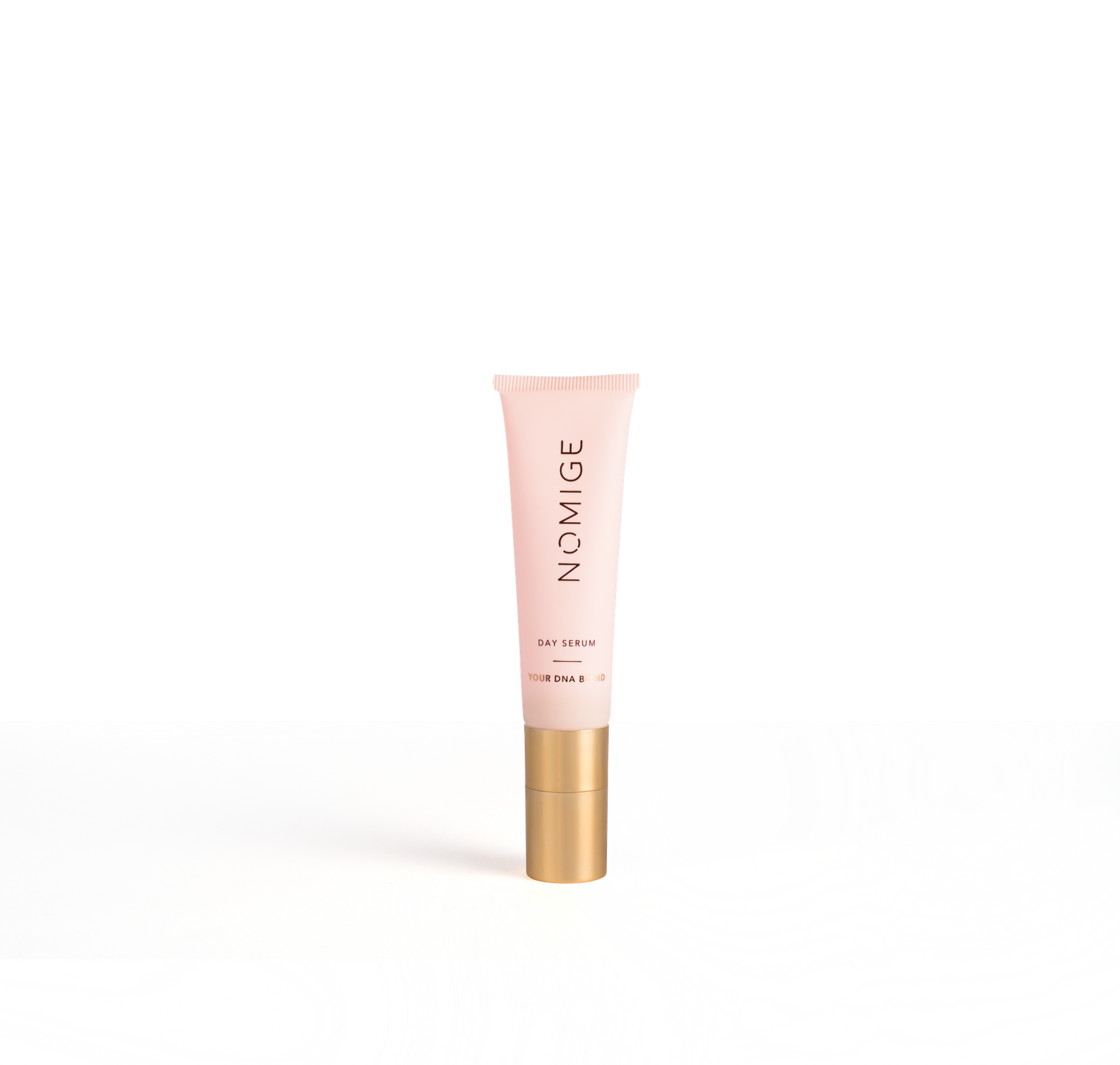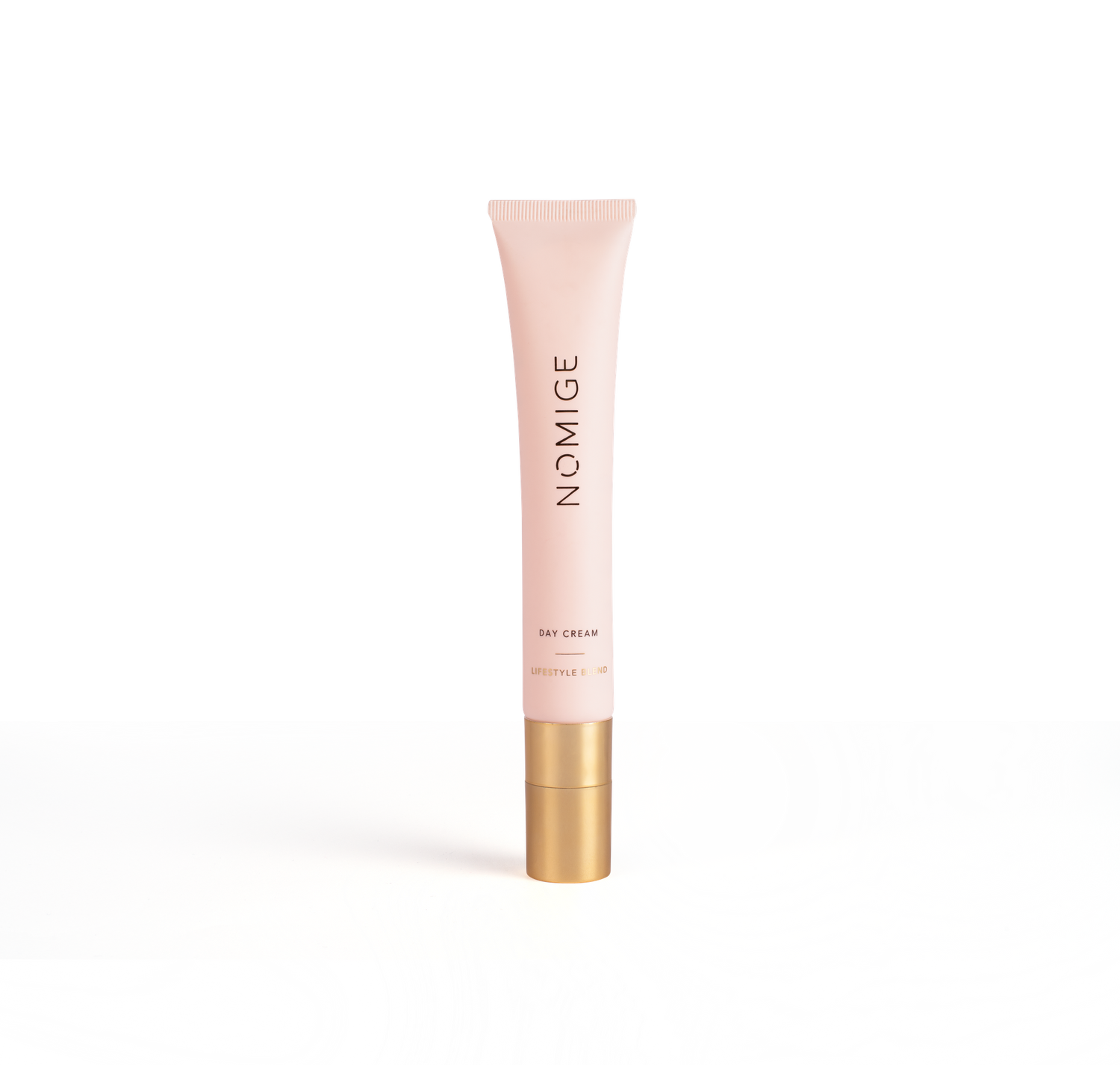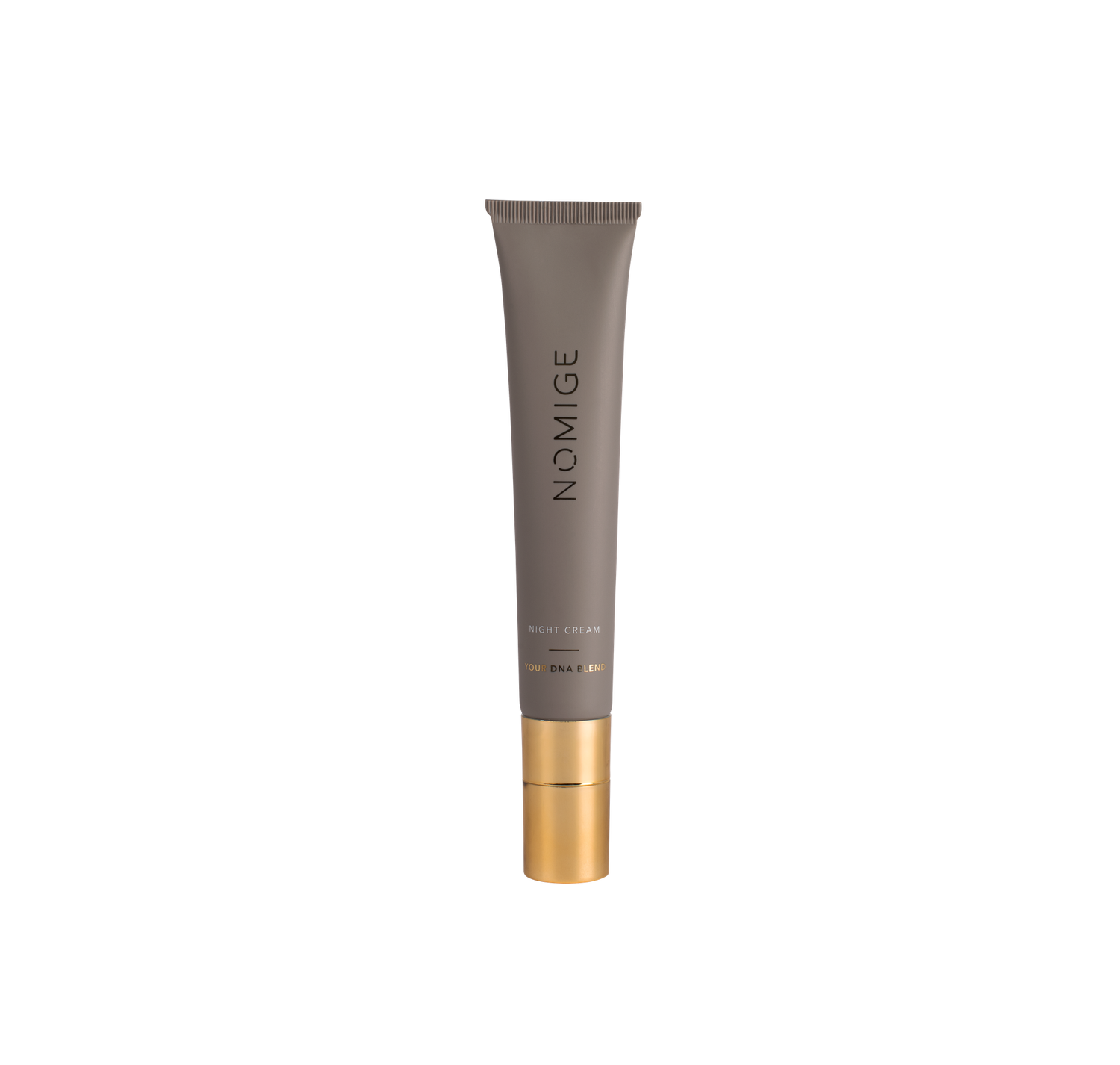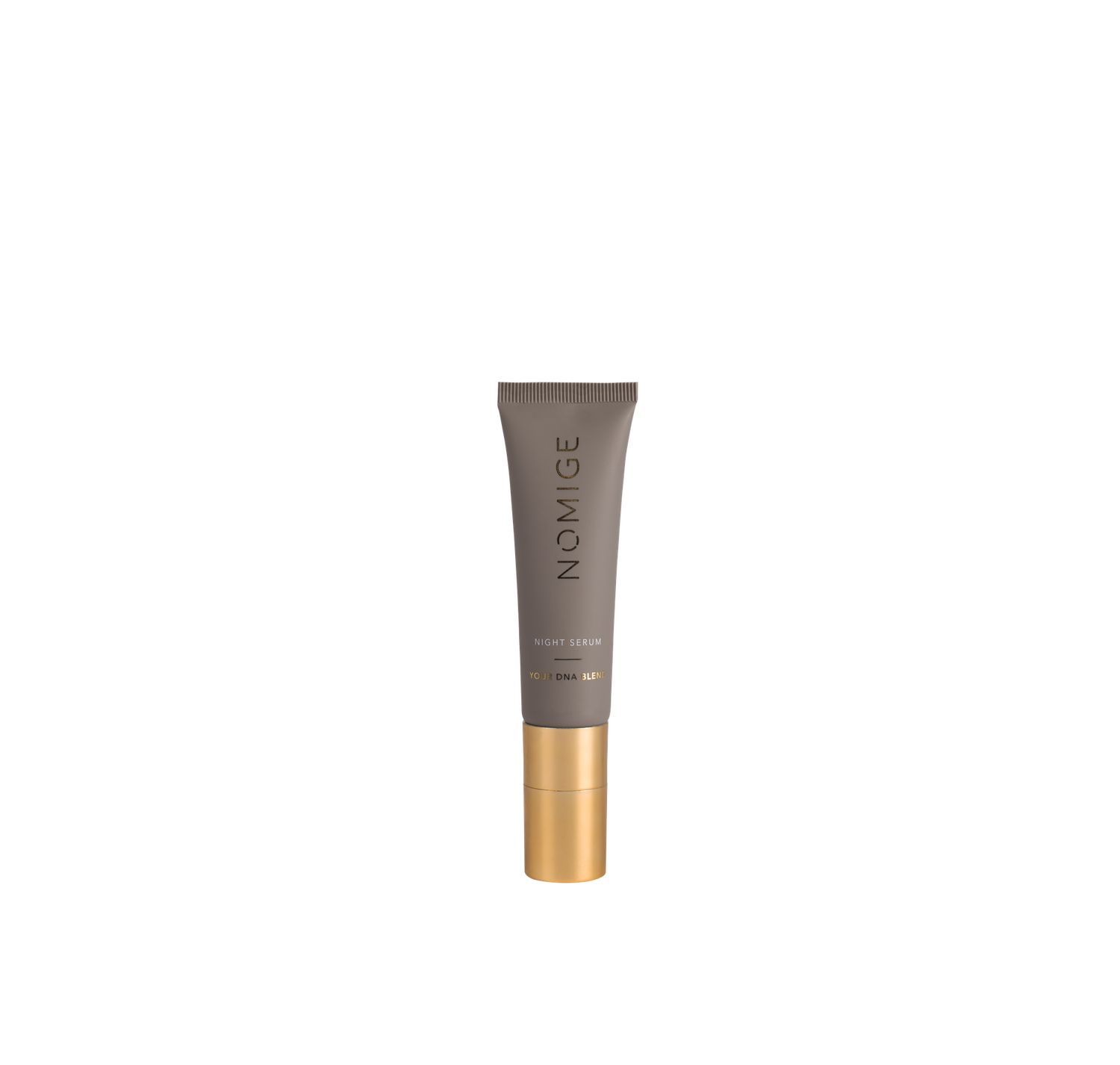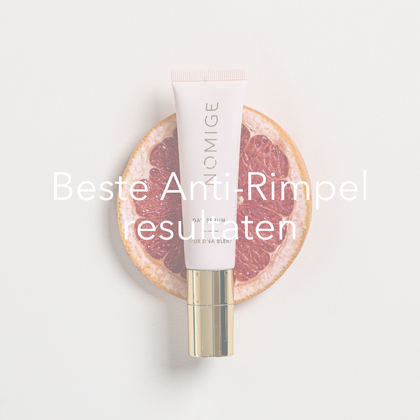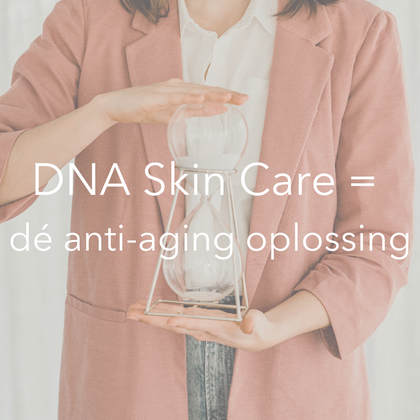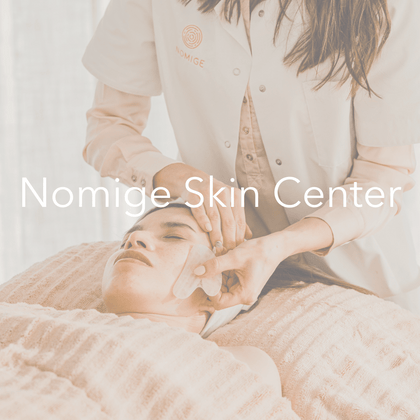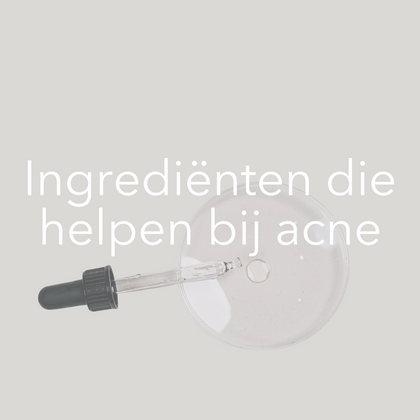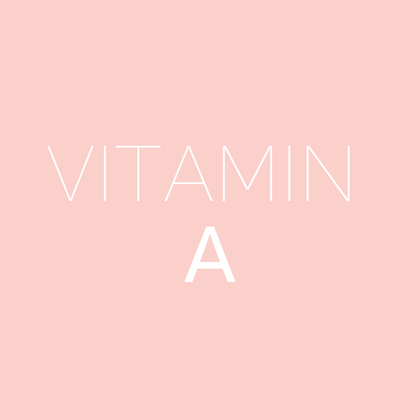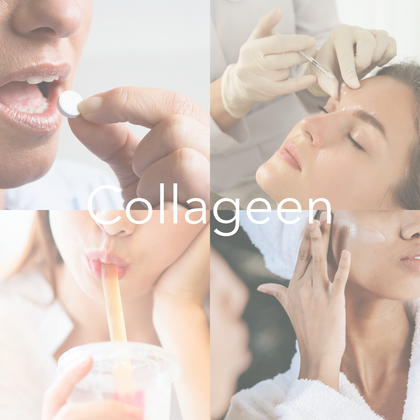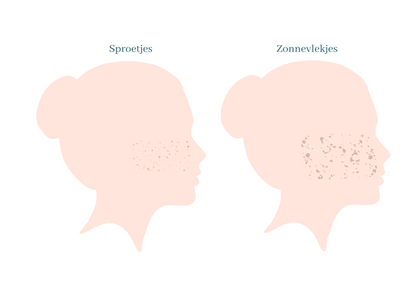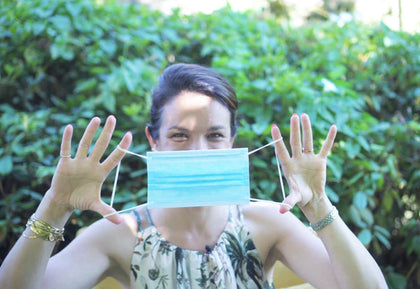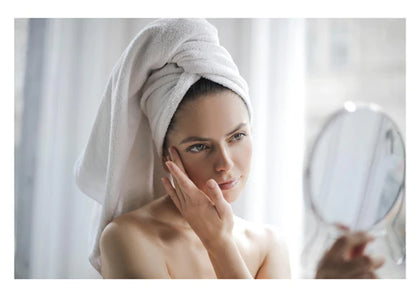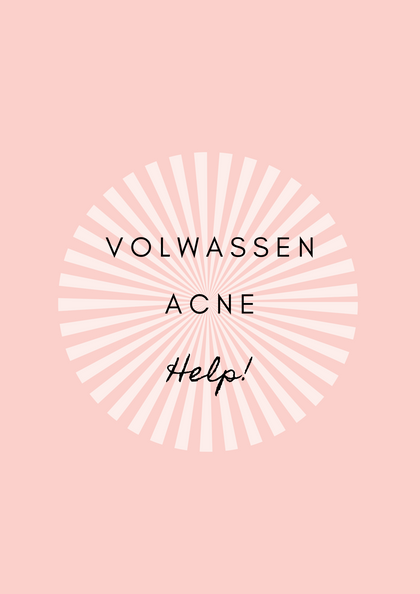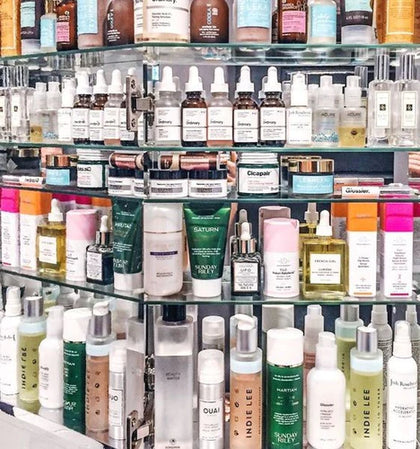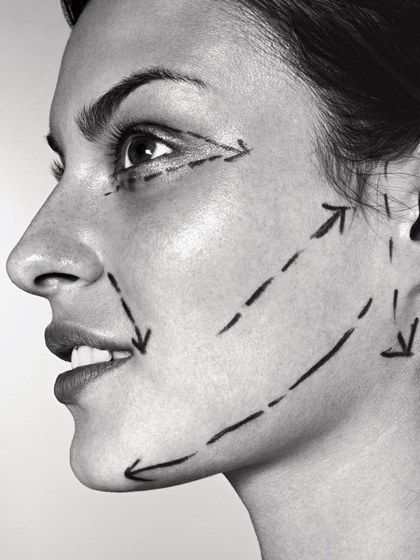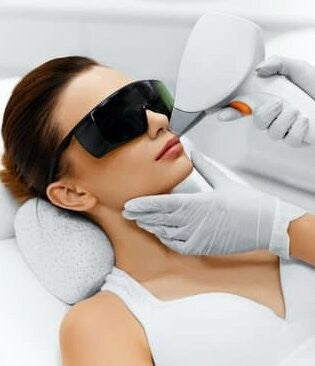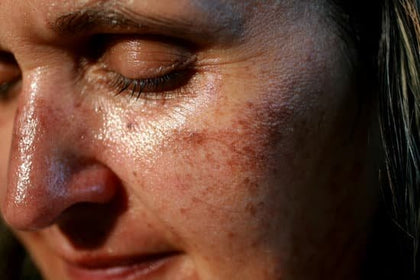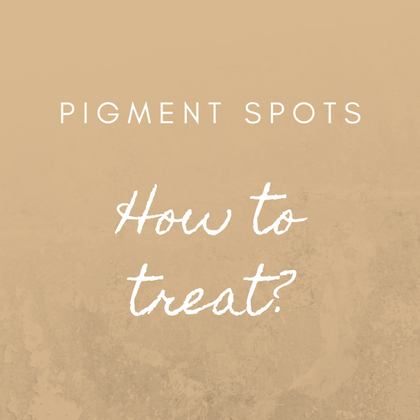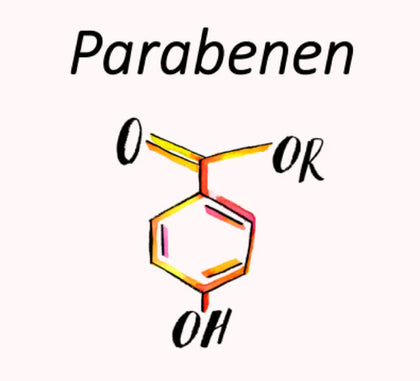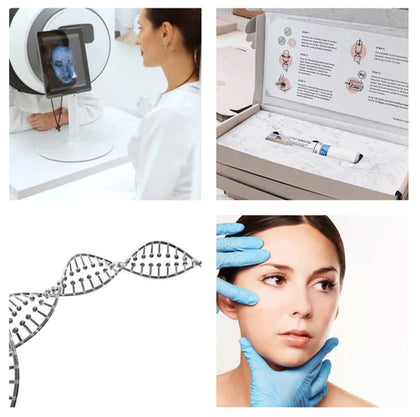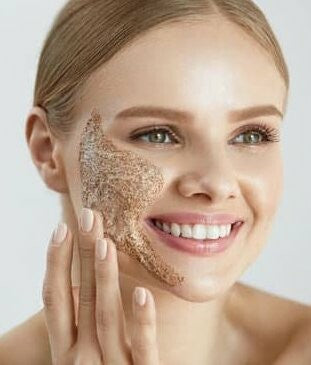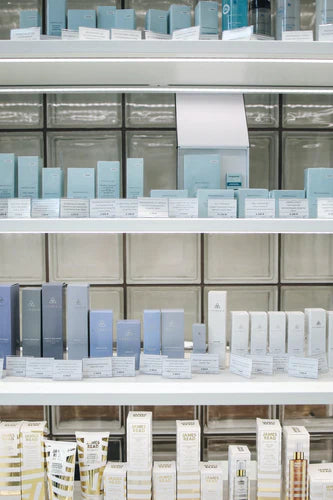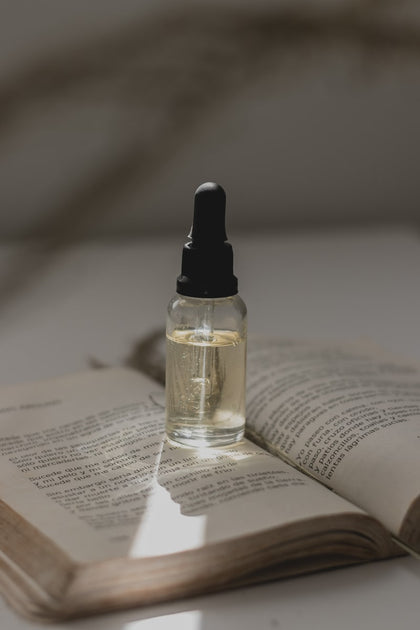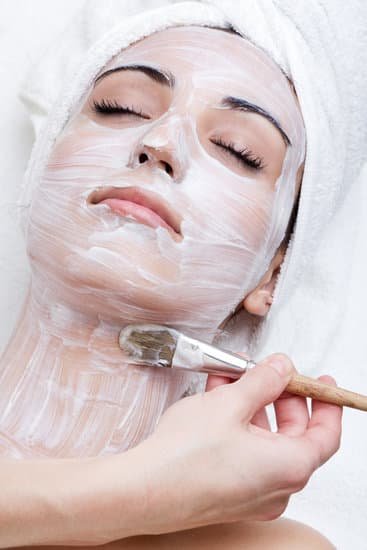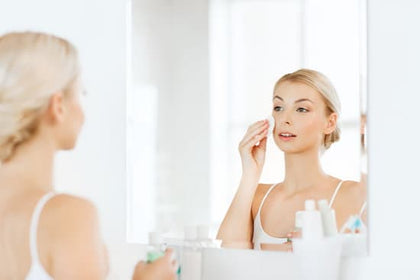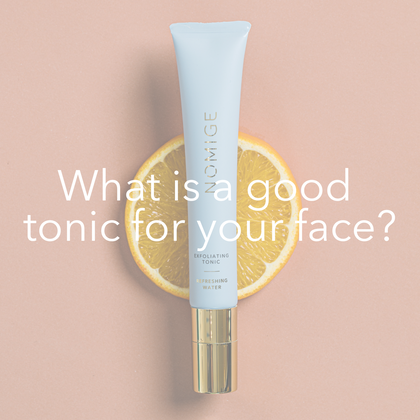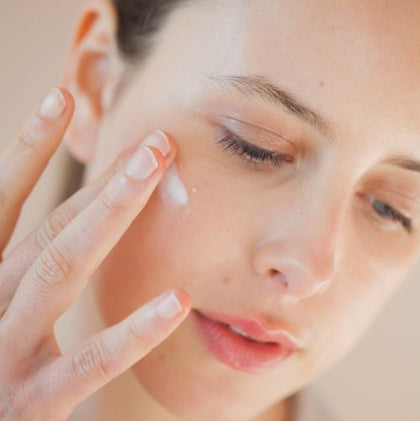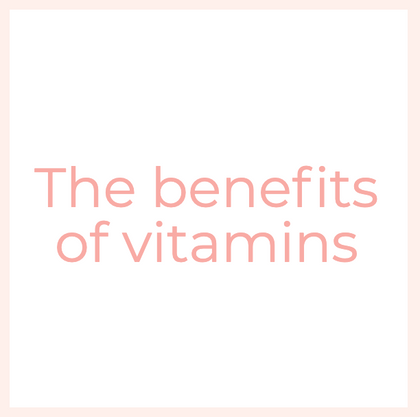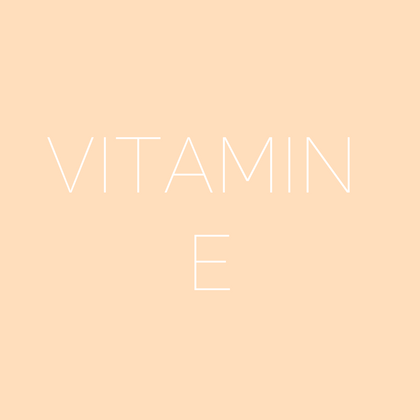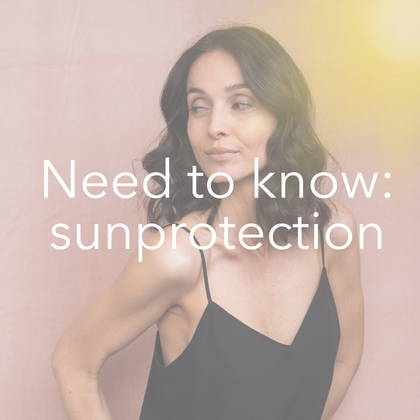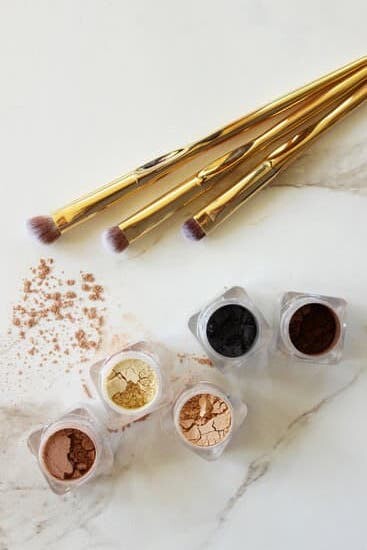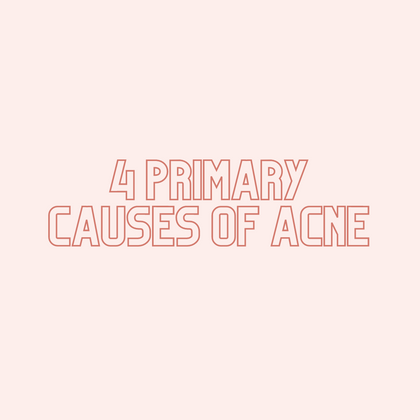Pigment spots
You know those annoying skin spots that pop up out of nowhere. Pigment spots are benign and innocent but still annoy many women. They often make your skin look 'older'. But what exactly are pigment spots and why do they appear? We explain it in this blog.
WHAT ARE PIGMENT SPOTS?

Pigmentation spots are flat, (light) brown, irregular spots that occur on the skin, mainly on the face, hands and neck.
Melanin is the natural pigment that gives our skin its colour. The production of melanin protects us against harmful UV radiation from the sun. When our pigment cells (melanocytes) produce too much melanin or are disturbed, pigment spots may appear. The development of pigmentation spots is often due to too much exposure to the sun but can also be caused by other factors.
CAUSES OF HYPERPIGMENTATION
Some forms of hyperpigmentation are congenital and can't be helped, such as 'birthmarks', freckles, congenital skin conditions (café-au-lait stains, articaria pigmentosis...). On the other hand, there are also forms of hyperpigmentation that are influenced by external factors. We describe below the most common forms of hyperpigmentation.
Sun exposure
Pigmentation spots caused by sun exposure are also called age spots. Age spots are not so much related to age. They occur depending on the amount of UV radiation to which the skin has been exposed. High and prolonged exposure to the sun can cause the melanocytes to produce too much melanin and the pigment accumulates at the level of the skin. This results in brown pigmentation spots.


Pregnancy
Some women experience a pigment disorder during pregnancy that causes dark coloured pigment spots, also known as 'the pregnancy mask'. During pregnancy, more female hormones (oestrogens) are produced by the body. These hormones promote melanin production in our skin. The pigmentation spots appear gradually, especially on your cheeks, forehead, around your eyes and on your upper lip. Hence the name 'mask'. Sometimes the pigmentation spots also appear on other parts of the body, such as your neck or arms.
Hyperpigmentation after inflammation
Hyperpigmentation can also occur after the healing of a wound or skin lesion (= 'post-inflammatory hyperpigmentation'). A common example is the pigmentation spots in people who have had acne. The pigmentation spots can also occur after cosmetic procedures such as laser treatments, microneedle treatments and chemical peelings. So always make sure that you have these kinds of treatments carried out in a professional environment so that you don't damage the skin in an uncontrolled way.
Your risk of skin pigmentation after skin damage partly depends on how well/fast your skin heals and therefore also on your wound healing process. Risks of an inferior wound healing can be read from your DNA.

Want to know more about your risk of poor wound healing and pigmentation?

Nomige Package
Buy your Exclusive Nomige Package here, including an extensive DNA report that charts your risk profile.
Questions about pigmentation?
Discover Dr. Barbara Geusens' tips about pigmentation. Don't hesitate to contact us if you have any other questions.
Follow our story
Connect with us and follow the hashtag #MyNomige to stay up to date of the latest skin tips and news.
Follow our story
Connect with us and follow the hashtag #MyNomige to stay up to date of the latest skin tips and news.
